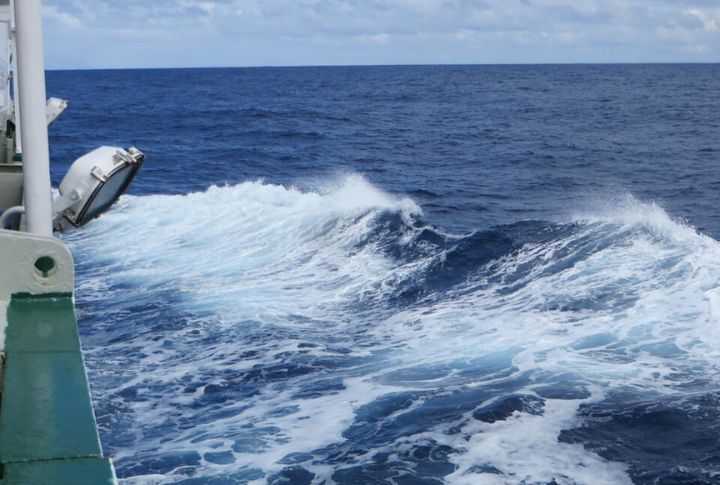
The ocean may look calm, but certain corners have a long history of tearing ships apart, sparking international incidents, and testing even the most seasoned mariners. If you are a seafarer, you must know these ten areas where the water’s not just mysterious but also downright deadly.
Bermuda Triangle

Forget the myths—the Bermuda Triangle’s reputation stems from real, explainable phenomena. Sudden storms and occasional magnetic anomalies can challenge navigation. With some of the Atlantic’s deepest trenches below, lost vessels are rarely recovered. While not uniquely dangerous, it remains a place of intrigue for mariners.
Somali Coast
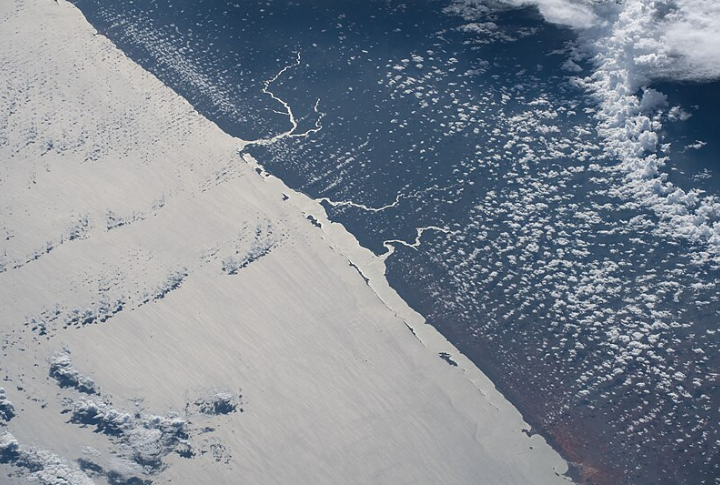
Piracy’s poster child, the Somali Coast, is where hijackings morphed into a business model. Armed gangs move fast, using everything from RPGs to motherships. But it’s not just human threats. Monsoon winds whip up brutal swells, punishing any vessel too slow or too close to shore.
Black Sea
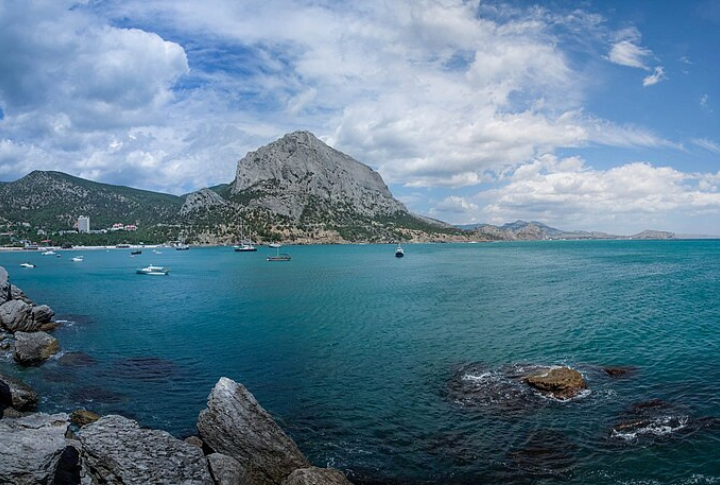
Surface conditions aren’t the only problem here. Beneath the waterline, military submarines from rival nations track each other in an uneasy standoff. Above, rough storms and shifting currents make the surface treacherous. Merchant ships moving through these waters face both political chess games and unpredictable weather.
Gulf Of Aden
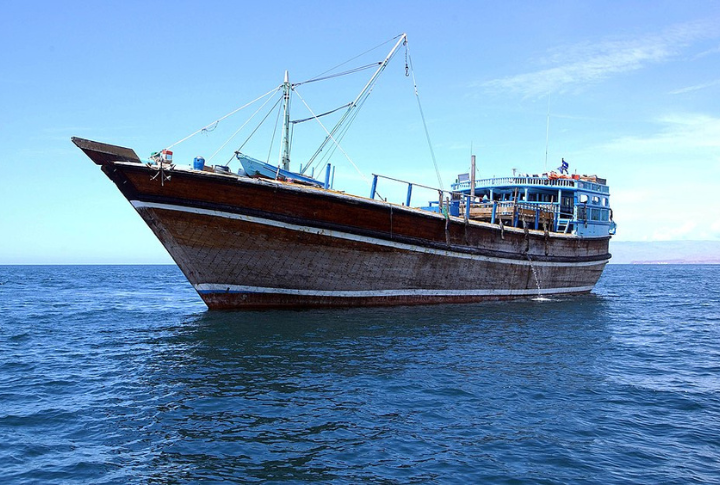
Security protocols here are essential for survival. Ships entering the Gulf of Aden often travel in convoys, with armed guards stationed on deck. The threat is real—small, fast skiffs can launch pirate attacks within minutes. Add Yemen’s ongoing instability, and you’re traversing one of the world’s most volatile chokepoints.
Strait Of Malacca
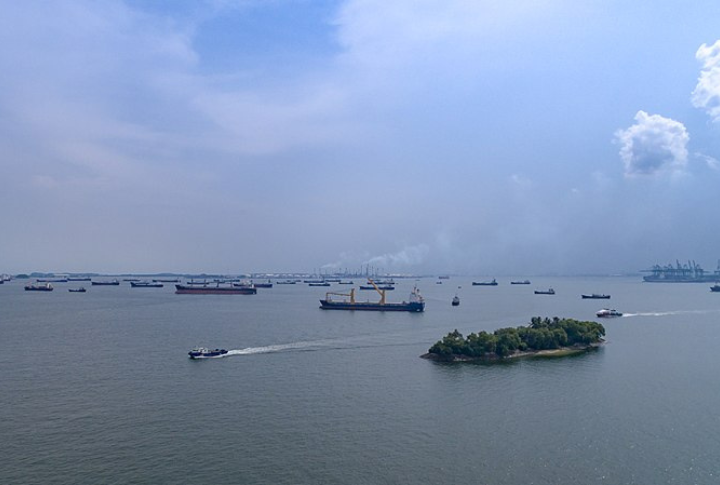
Imagine maneuvering a supertanker through a waterway narrower than some city streets, surrounded by hundreds of ships daily. That’s the Strait of Malacca. The margins for error are nonexistent. Besides crowded lanes, piracy persists in the shadows, forcing navies and commercial operators to remain constantly alert.
South China Sea
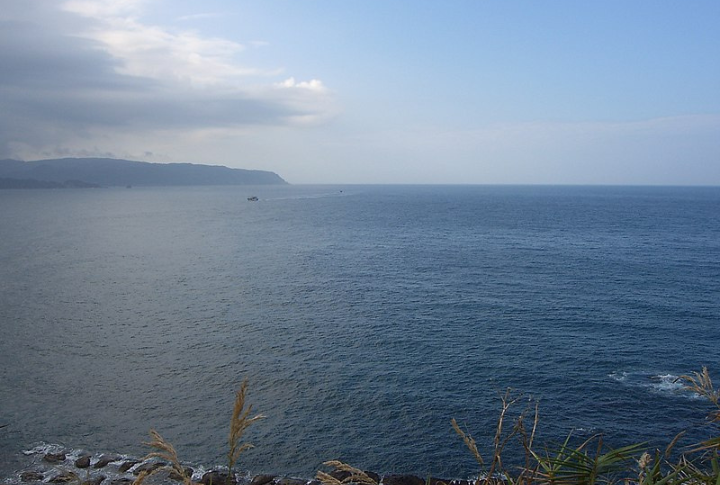
The South China Sea is a high-stakes pressure cooker. China’s island-building spree and constant military drills leave little room for error. Commercial vessels transit carefully to dodge both patrol boats and territorial crosshairs. One miscommunication and things could spiral beyond diplomacy.
Cape Horn
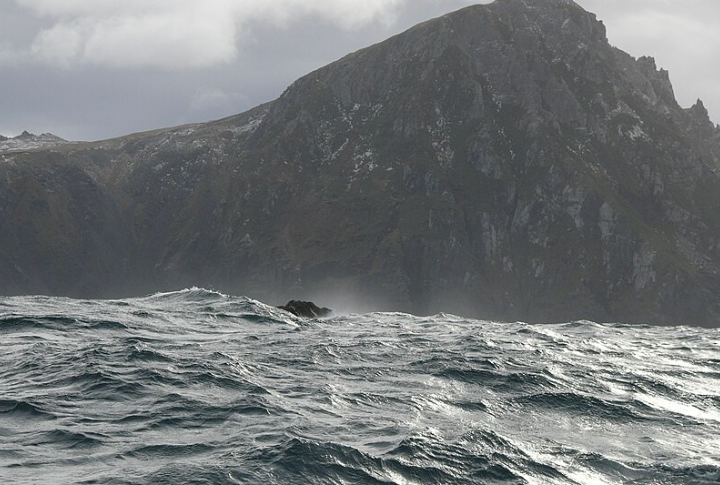
There’s no overstating Cape Horn’s reputation—it’s earned. This is where sailors battle roaring westerlies, frigid spray, unpredictable weather, and unrelenting waves. The meeting point of oceans churns up the kind of storms that tear rigging apart and dash hulls against unseen rocks. Transversing here is sheer endurance.
Drake Passage

Between South America and Antarctica, the Drake Passage doesn’t play fair. The weather swings violently, and icebergs drift without warning. The waves also tower higher than most ships’ decks. Modern vessels still struggle; just ask the MS Explorer’s crew, who abandoned their ship after an iceberg ripped through the hull.
Mozambique Channel
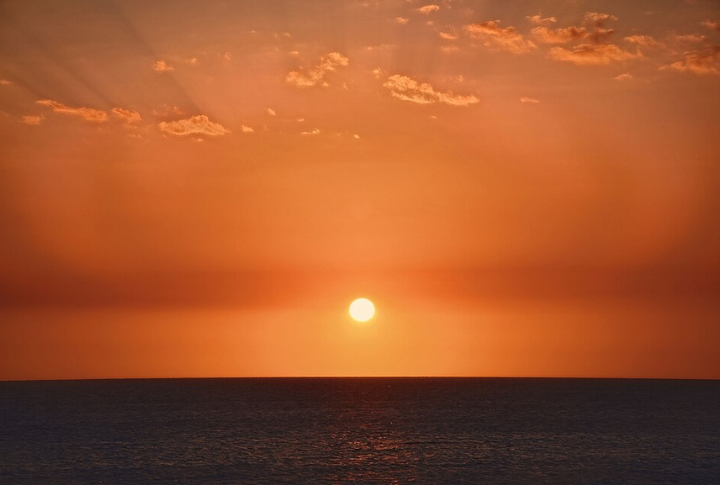
This channel remains a vital trade route, though its hazards are constant. Cyclones cut across without warning, while piracy operations, once confined to Somalia, have quietly expanded south. Commercial ships adjust routes and boost onboard security, knowing this is no longer a safe detour.
Taiwan Strait
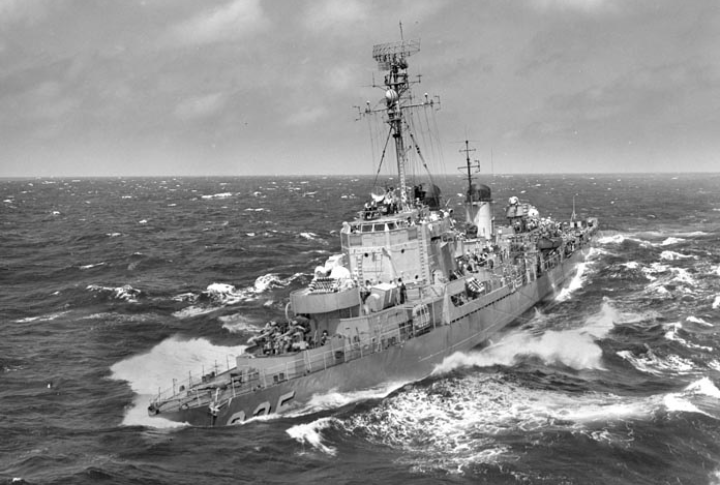
A narrow band of water with outsized importance, the Taiwan Strait is a bottleneck of global shipping layered with political tension. Chinese naval drills and military jets frequently disrupt routes. Mariners here must stay ready for sudden shifts in the geopolitical tide.
